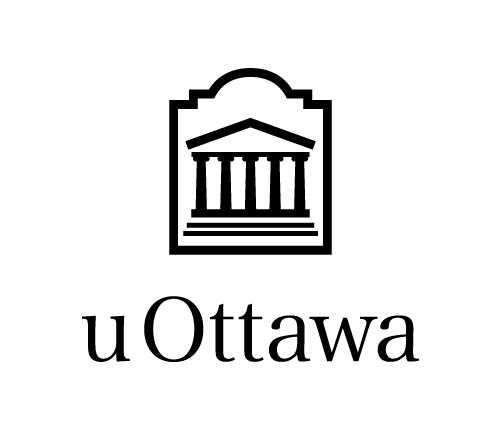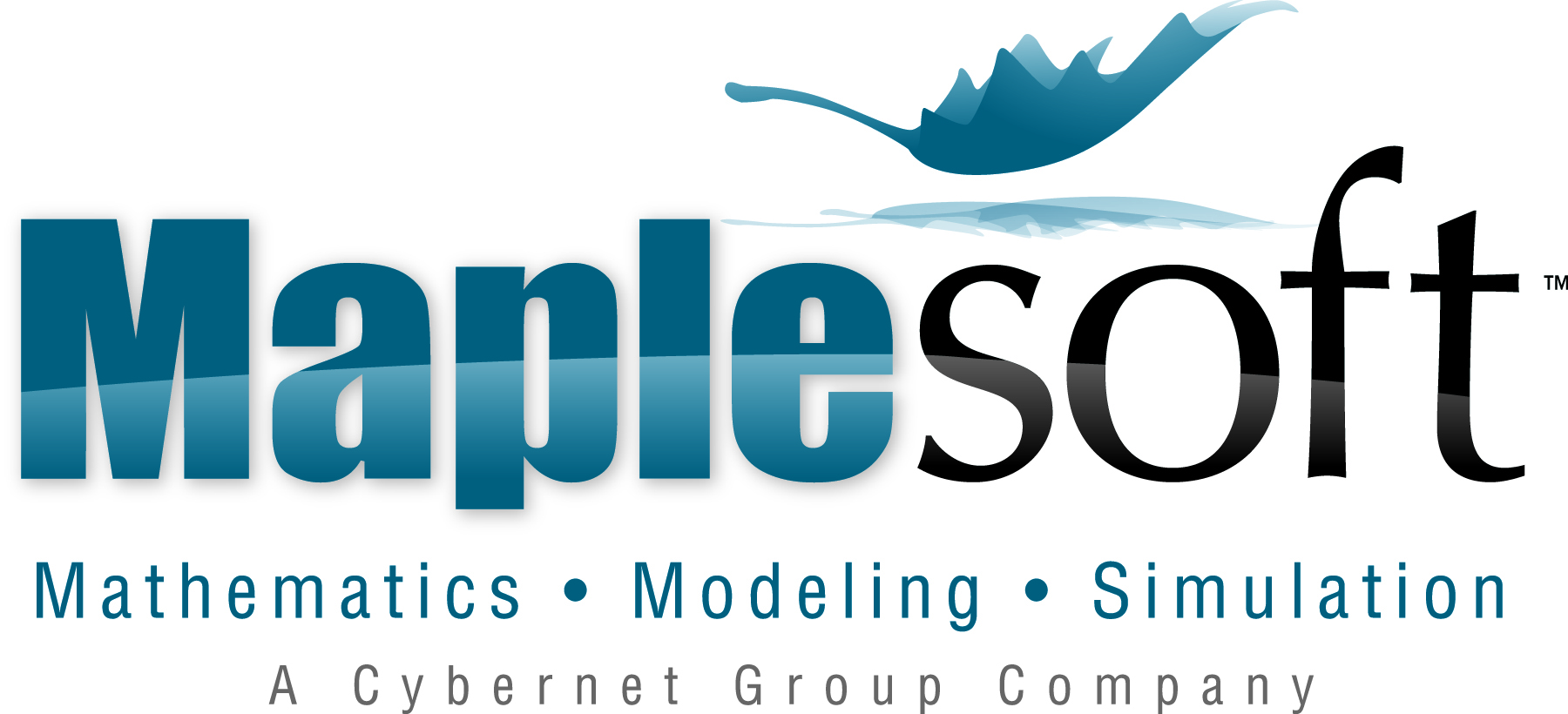Réunion d'hiver SMC 2013
Université d'Ottawa, 6 - 9 décembre 2013
Org: Tom Archibald (SFU) et Greg Lavers (Concordia University)
[PDF]
- TOM ARCHIBALD, Simon Fraser University
Visual Representation in the Theory of Algebraic Functions and their Integrals in the late 19th Century [PDF]
-
Riemann's definition of the ``Riemann surface" and his use of this tool in his theory of Abelian functions provoked a great deal of interest in understanding how to use these objects effectively, especially after the geometric interpretation by Clebsch. It has often been observed (Weyl alludes to it in his 1913 monograph, for example) that the vagueness of the definition was an obstacle to its successful use. However, the late nineteenth century saw a variety of techniques for attempting to understand what a Riemann surface was, and there are interesting attempts at creating understanding and insight via the use of graphical methods. Building on work by Bruno Belhoste, in this paper we shall look at several such representations,focussing on the methods of Paul Appell and
Edouard Goursat for the study of algebraic functions.
- MARIYA BOYKO, University of Toronto, Institute for the History and Philosophy of Science and Technology
Mathematics Curriculum Reform in the USSR (1960s, 1970s) and Pedagogical Innovations of Professor Kolmogorov [PDF]
-
During the 1960s the USSR faced a major education reform initiated by the Soviet government. Andrei Kolmogorov, professor of mathematics at Moscow State University, was involved in restructuring the mathematics curriculum and was appointed as head of the mathematics committee of the Scientific Methodological Council of the USSR in 1970. He aimed to merge rigorous and non-rigorous ways of mathematical thinking in the minds of the students. Kolmogorov introduced a collection of pedagogical innovations that emphasized set theory, a deductive logical approach and pre-calculus in the new curriculum. We will discuss the benefits and the shortcomings of Kolmogorov’s ideas, consider their intellectual, political and social context and outline his pedagogical legacy.
- EDUARDO NOBLE DE LA TORRE, Université de Montréal
Alan Turing on the Foundations of Mathematics [PDF]
-
In 1936 Alan Turing showed that there are mathematical problems which cannot be solved by means of an effective method. Only few years later, in 1938, he introduced the concept of “oracle machine” in order to circumvent Gödel incompleteness theorem. The purpose of this talk is to review these two aspects of Turing’s work and discuss their relation to the philosophical problem of the foundations of mathematics. This historical approach may offer a broader understanding of a philosophical question.
- CRAIG FRASER, University of Toronto
Infinitesimals in Eighteenth-Century Calculus: The Background to Cauchy’s Analysis [PDF]
-
In 1988 Joe Dauben explored the implications of Abraham Robinson's invention of non-standard analysis for the history and philosophy of mathematics. Dauben drew attention to a body of historical work (concentrated mainly on Augustin-Louis Cauchy) that centered on an historical re-evaluation of the concept of the infinitesimal in light of Robinson's discoveries. While not particularly focused on Robinson's work itself, my talk contributes to the discussion through an examination of the eighteenth-century background to Cauchy's researches. Included in the survey are Berkeley's Analyst, the views of Euler and Lagrange on infinitesimals and the 1786 prize competition of the Berlin Academy on the theory of the infinite.
Reference
Joseph W Dauben, "Abraham Robinson and Nonstandard Analysis: History, Philosophy, and Foundations of Mathematics.\textquotedblright\ In \textit{% History \& Philosophy of Modern Mathematics. Volume 11: Minnesota Studies in Philosophy of Science}. 1988. Eds. William Aspray and Philip Kitcher. Pp. 177-200. University of Minnesota Press.
- YAYA LIU, Northwest University (Xi'an, China) and SFU
Equal Temperament Circa 1600 in China and Europe [PDF]
-
The first derivation of 12-tone equal temperament was achieved in 1584 by Zhu Zaiyu(1536-1611), a prolific scholar associated with the Ming court. A little more than twenty years later, in his 1606 manuscript titled “On the theory of the art of singing”, the Dutch mathematician Simon Stevin (1548-1620), performed a similar derivation. In this paper, we discuss their creative processes, which reveal close links between arithmetic, geometry, and the theory of musical temperament in both cultures during the period. We conclude by considering the possibility of transmission from China to Europe.
- JEMMA LORENAT, Simon Fraser University and Université Pierre et Marie Curie
Julius Plücker's ``Freude an der Gestalt'' [PDF]
-
In his 1956 \emph{History of Analytic Geometry} (New York: Scripta Mathematica), Carl Boyer observed that the acclaimed nineteenth century analytic geometer, Julius Pl\"ucker (1801--1868), had first pursued pure geometry. Boyer referred to Pl\"ucker's 1826 article ``Th\'eor\`emes et probl\`emes, sur les contacts des sections coniques'' published by Joseph-Diaz Gergonne (1771--1859) in his journal, the \emph{Annales de math\'ematiques pures et appliqu\'ees}. Boyer hypothesized that Pl\"ucker was driven to analytic geometry following a plagiarism accusation by Jean-Victor Poncelet (1788--1867). However, as Boyer well knew, Gergonne had taken great editorial liberties with Pl\"ucker's manuscript. So much so that Pl\"ucker later described the published version as altered beyond recognition. The original article only appeared in 1904 within the \emph{Mathematische Annalen}. Our paper will reveal the curious history of Pl\"ucker's article, and employ the narrative to discuss the importance of visual form in the transmission of geometrical research during the early nineteenth century.
- JEAN-PIERRE MARQUIS, Université de Montréal
Models in pure mathematics: nature and function [PDF]
-
Pure mathematics is usually conceived as being made up of axioms, definitions and theorems and, to a lesser extent, some computations. Thus, when philosophers try to understand pure mathematics, they start from that picture, more or less. In this talk, we introduce the idea that there is at least another side to pure mathematics, namely model building and that the latter has some ingredients in common with scientific model building. Thus, we will give some examples from algebraic topology, more specifically homotopy theory, of models in pure mathematics, sketch a classification of types of models, their nature and their role in mathematical knowledge.
- DUNCAN MELVILLE, St. Lawrence University
Dividing to rule: Precision mathematical instruments in mid-18th century England [PDF]
-
Development of mathematical sciences in the 18th century, especially in the interwoven strands of astronomy, navigation, and surveying, was driven by measurements of ever-increasing exactness. The mathematical instrument makers who designed and refined instruments of exquisite precision had to be experts in both theory and practice. In this talk I will explain some of the problems faced, and techniques used, by the leading practitioners of the day to produce such accurate measurements.
- DIRK SCHLIMM, McGill University
Non-Euclidean geometry and geometrical content [PDF]
-
In the course of the 19th century geometry underwent a radical transformation that culminated in Hilbert's famous metamathematical investigations. How these developments changed the understanding of geometrical content is discussed with reference to the work on projective geometry by Poncelet and Gergonne, the treatises on non-Euclidean geometry by Bolyai and Lobachevsky, the interpretations of Beltrami and Klein, and the axiomatic work of Pasch and Hilbert.
- LAURA TURNER, State University of New York at New Paltz
Analytic representation and generality in analysis [PDF]
-
The development of set-theoretic ideas in the late 19th century opened new doors for many of Cantor's contemporaries, including those engaged in more ``mainstream'' work (such as studies devoted to the representation of functions). But how did these new ideas serve the authors of such these works? How deeply did they resonate, and in what circles?
In this talk, I explore issues related to ``generality'' in analysis and the importance of analytic representations relative to other mathematical concepts in the late 19th and early 20th centuries, as seen in the work of G\"{o}sta Mittag-Leffler, Cantor, Weierstrass, and others.







